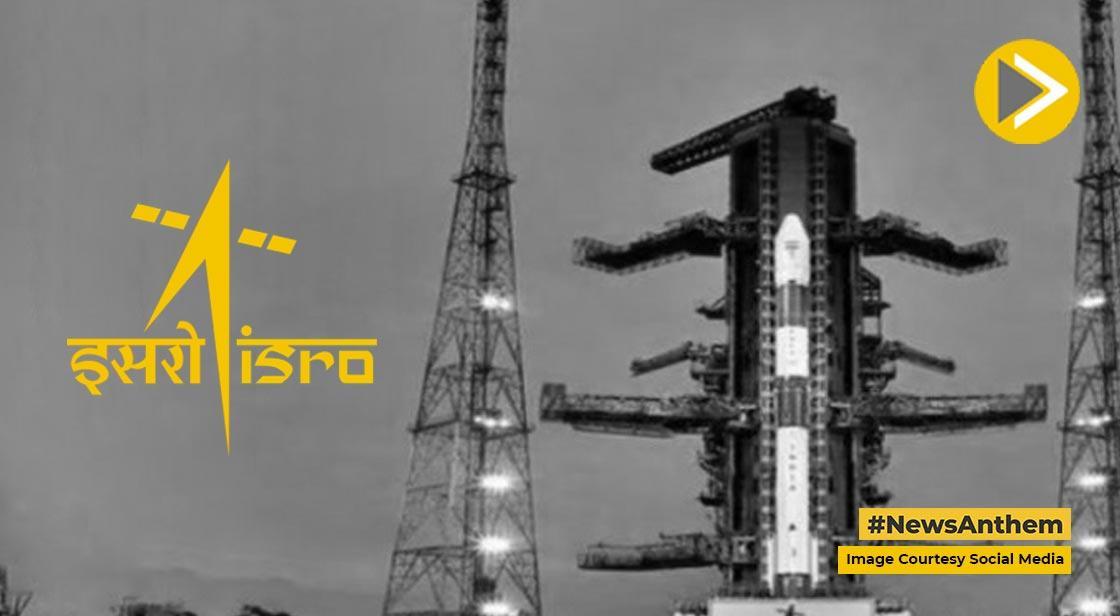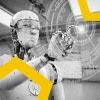India's First Space Robotic Arm Operates Successfully, ISRO Shares Video

News Synopsis
The Indian Space Research Organisation (ISRO) has achieved a significant milestone in space exploration with the successful operation of its first robotic arm in space. This marks a critical step toward India's aspirations for advanced space robotics and future manned missions.
Overview of the SpaDeX Mission
The successful operation of the robotic arm is part of ISRO's SpaDeX (Space Docking Experiment) mission, which was launched on December 30, 2024, from the Satish Dhawan Space Centre, located in Sriharikota, India. The mission is aimed at demonstrating the capabilities of space robotics, autonomous rendezvous, and docking in orbit.
The Robotic Arm: RRM-TD
Named the Relocatable Robotic Manipulator-Technology Demonstrator (RRM-TD), this space robotic arm is a pioneering achievement in India's space capabilities. Often referred to as the "walking robotic arm," RRM-TD is designed to relocate itself with precision in space. The arm is equipped with seven movable joints, allowing it to move like an inchworm to reach specific targets on the POEM-4 platform, a critical component of the mission.
Features and Capabilities of the Robotic Arm
The RRM-TD arm is packed with advanced features that ensure its efficiency and functionality in space. These include specially designed robotic joints, an innovative arm controller, a grappling mechanism, high-performance cameras for precise movement, and software capable of avoiding obstacles and ensuring safety during operation. Powered by a high-performance processor, the arm's operation is finely tuned for handling complex tasks in space, especially in a microgravity environment.
Significance of the Robotic Arm for India's Space Future
The successful demonstration of the RRM-TD is seen as a crucial step in developing robotic technologies necessary for India's future space station, the Bharatiya Antariksh Station (BAS). The robotic arm's features—such as the ability to move across vast distances, work without cables, perform tasks remotely using a digital twin model, and operate in microgravity—are essential for operating within BAS.
The SpaDeX Mission's Broader Goals
In addition to showcasing the robotic arm's capabilities, the SpaDeX mission is also focused on demonstrating autonomous rendezvous and docking technology. The experiment aims to control one spacecraft using the Attitude Control System of another in a docked configuration. These developments are critical for enhancing India's capabilities for future manned and deep-space missions, such as those targeting the Moon and Mars.
Looking Ahead: The Future of Space Robotics
This achievement by ISRO is expected to pave the way for more sophisticated space technologies and support future missions, including India's ambitions for a space station. The success of the robotic arm is a testament to India’s growing expertise in space exploration and its increasing involvement in developing autonomous technologies for space.
ISRO's Ongoing Innovation and Contributions
The demonstration of the RRM-TD is not just a milestone for ISRO but also a reflection of India’s growing role in the global space community. ISRO’s continued efforts to develop innovative technologies, such as the robotic arm and autonomous docking systems, will significantly contribute to the future of space exploration.
Conclusion
The successful operation of ISRO’s first space robotic arm, the RRM-TD, marks a groundbreaking achievement in India's space exploration journey. As part of the SpaDeX mission, this robotic arm showcases India’s advancing capabilities in space robotics, providing a critical foundation for future space missions. With its ability to move autonomously in space, operate in microgravity, and carry out complex tasks remotely, the RRM-TD is a key step towards the realization of India’s ambitious goals, including the establishment of the Bharatiya Antariksh Station.
Furthermore, the SpaDeX mission's focus on autonomous rendezvous and docking technology enhances India’s readiness for manned space missions and deep-space exploration. ISRO’s continued innovation in space technologies positions India as a global leader in space research, paving the way for more groundbreaking advancements in the field. The RRM-TD robotic arm is just the beginning, and it holds immense potential in shaping the future of space exploration and robotics for India and the world.
You May Like









